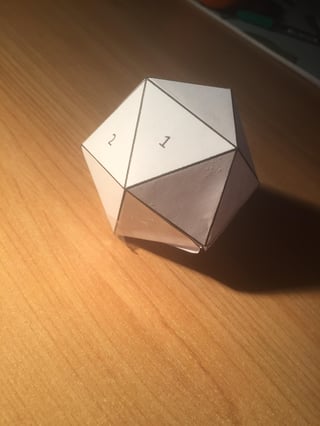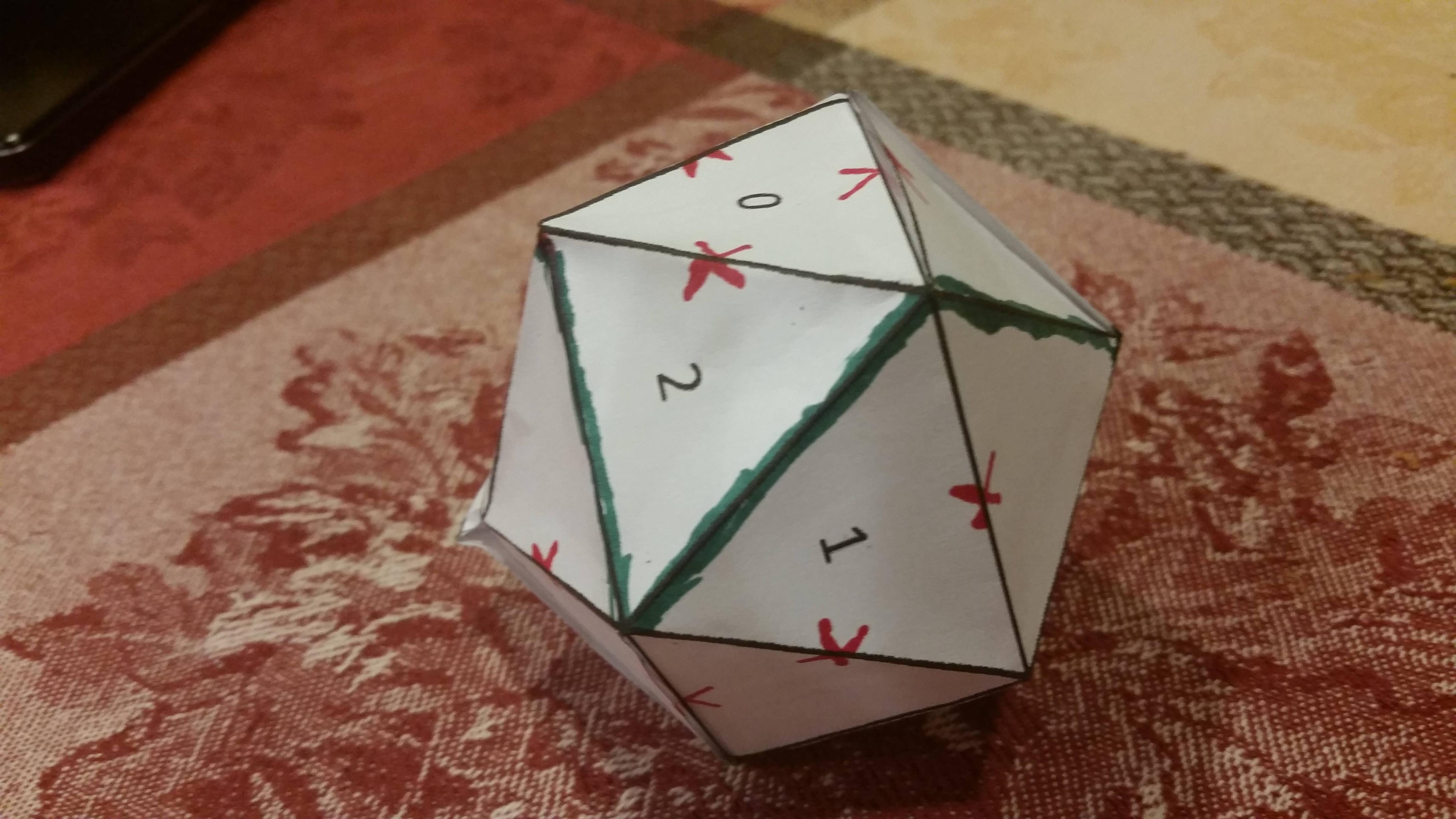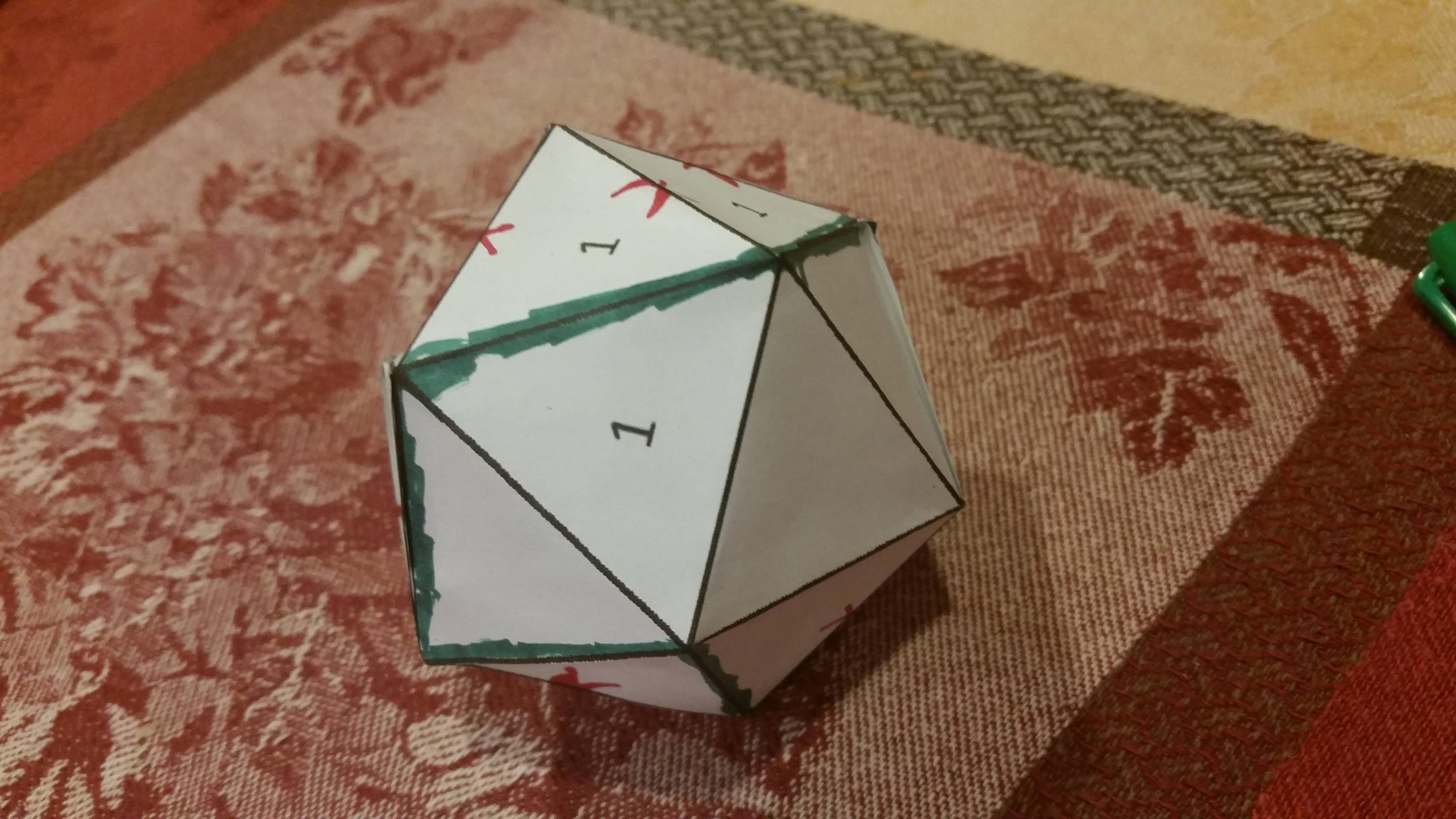Jormungand is (a variant of) the name for the snake in Norse mythology that wrapped around the earth. This is apparently (According to OP) a hint that
This is a 3D puzzle!
Most people realised this when they discovered the image given is impossible to solve.
So the first step is realising the image given is a
net of an icosahedron - a 3d shape with 20 faces.
I cut it out, folded it and stuck it together to get:
 ta da!
ta da!
I also created (a pretty rubbish) 3d model - viewable here (I believe the link may expire after a while, if it does and you want to see, ping me and I can update.)
Note: I solved the slitherink the day before greenturtle answered, but my mum made me go to bed because it was late so I didn't have time to write up an answer myself.
I solved the slitherink the same way as greenturtle did, so go upvote his answer too and see it for the explanation. I will borrow his picture of the completed net because it is neater:

Now the solution to the numbrix.
The first thing I thought of was that the two 0s must be 10 and 20. Both 0s are connected to a chain of empty triangles that lead up to a 2. These empty triangles must be the numbers 3-9.


So the question is which 0 is the 10? Well there are 7 numbers 3-9 and for only one of the 0s allows 7 spaces to the 2 (the one furthest left in the picture) and the other requires an extra 2 numbers. so we can fill out numbers 2-10 + 20:

Now from 10 there is only one direction 11 12 can go so we can fill those in:

From there 13-19 are pretty straightforward
 (the 0 here should be a 20)
(the 0 here should be a 20)
And we get the final number:

Here is the final net:

How it works:

Great puzzle! Very enjoyable





















